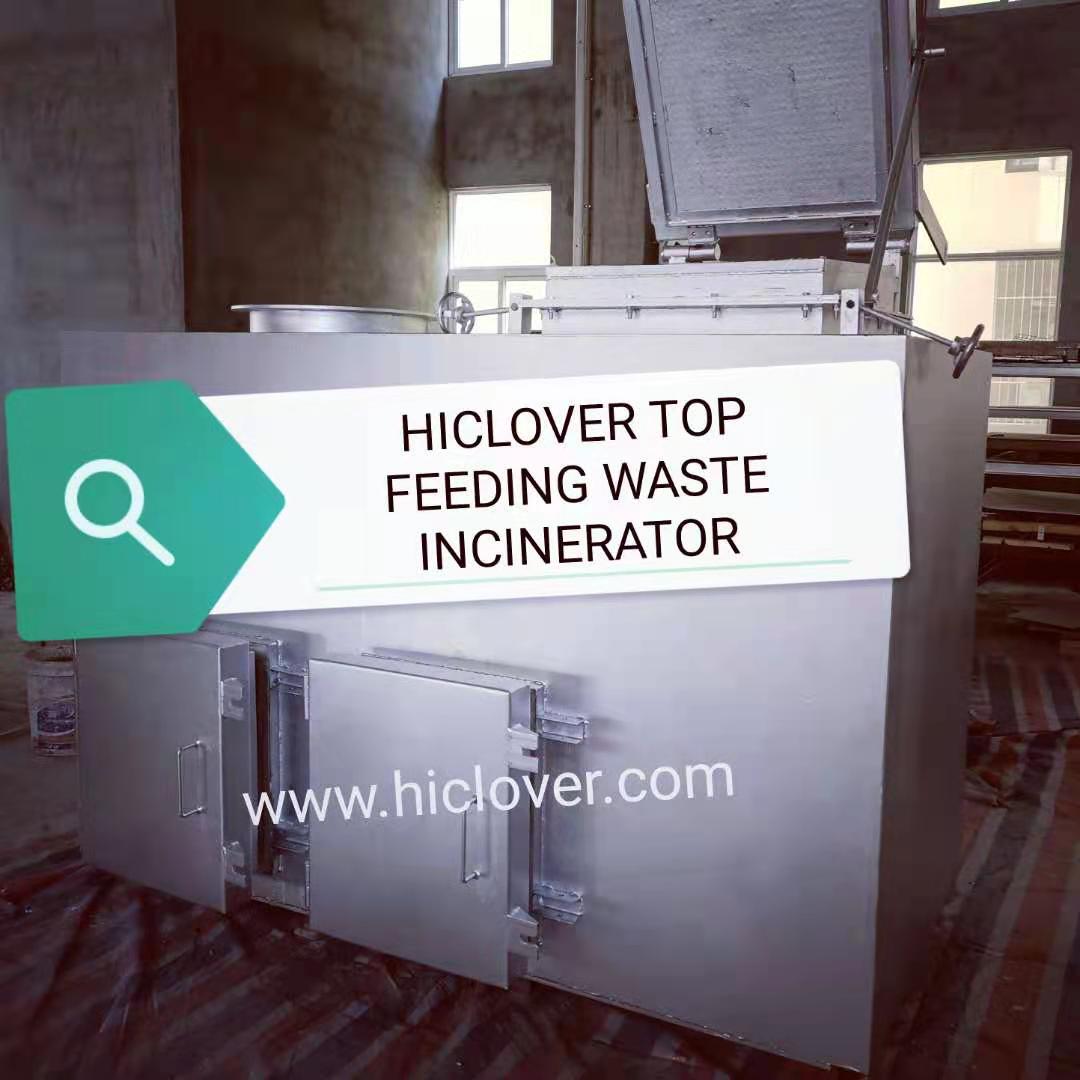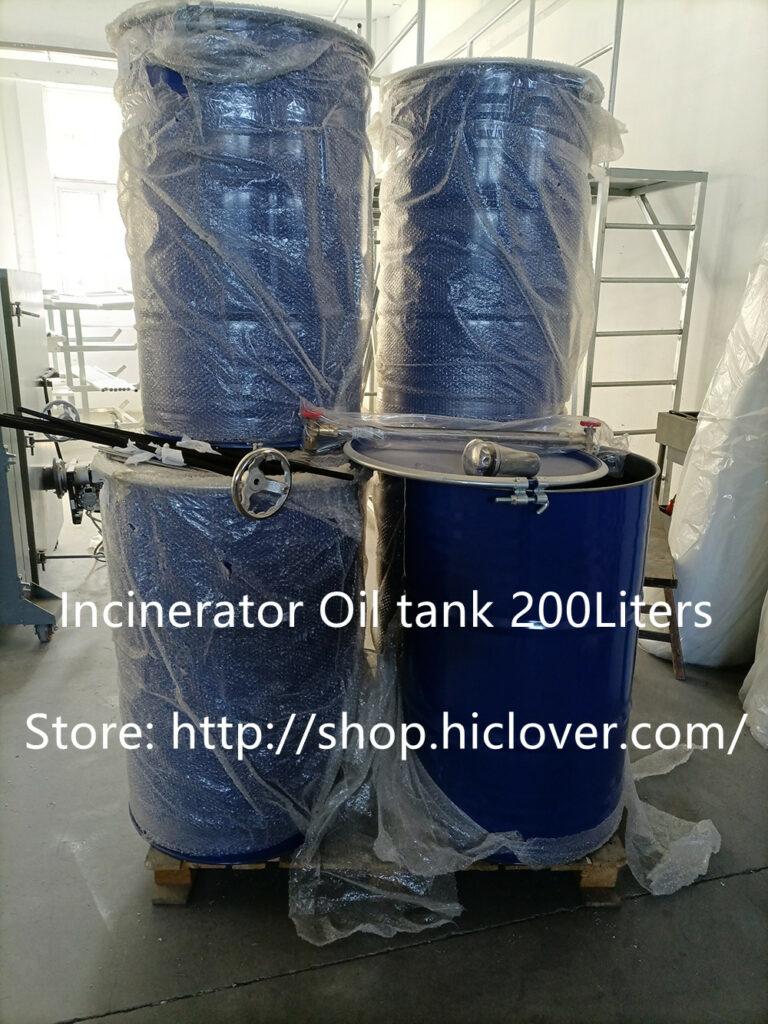Renewable energy production has been a significant focus in recent years as the world seeks to reduce its reliance on fossil fuels and combat climate change. One promising technology that is redefining renewable energy production is plasma pyrolysis. This cutting-edge process utilizes high-temperature plasma to convert organic waste into clean energy, offering a sustainable and environmentally friendly alternative to traditional energy sources.
Plasma pyrolysis involves heating organic waste materials, such as biomass, municipal solid waste, or agricultural residues, to extremely high temperatures using a plasma torch. The intense heat breaks down the organic matter into its constituent elements, producing a synthesis gas, or syngas, which can then be used to generate electricity, heat, or biofuels. The process also produces a solid residue, known as biochar, which can be used as a soil amendment or carbon sequestration agent.
One of the key advantages of plasma pyrolysis is its ability to handle a wide range of organic waste materials, including those that are typically difficult to process through conventional methods. By converting these waste materials into energy and valuable by-products, plasma pyrolysis helps to divert organic waste from landfills, reducing greenhouse gas emissions and mitigating environmental pollution.
Furthermore, plasma pyrolysis offers an efficient and cost-effective solution for renewable energy production. The high temperatures achieved by the plasma torch allow for rapid and complete decomposition of organic matter, resulting in a higher energy yield compared to traditional thermal processes. Additionally, the syngas produced through plasma pyrolysis can be used to generate electricity through conventional power plants or fuel cells, providing a reliable and versatile energy source.
Another significant benefit of plasma pyrolysis is its potential to contribute to a circular economy. By converting organic waste into clean energy and biochar, this technology promotes resource recovery and sustainable waste management practices. It also creates opportunities for the development of local, decentralized energy systems, reducing reliance on centralized power infrastructure and enhancing energy security.
As the demand for renewable energy continues to grow, plasma pyrolysis is gaining attention as a viable and scalable solution for sustainable energy production. Research and development efforts are focusing on optimizing the efficiency and scalability of plasma pyrolysis systems, as well as exploring new applications for the syngas and biochar produced.
In conclusion, plasma pyrolysis is redefining renewable energy production by offering a sustainable and efficient solution for converting organic waste into clean energy. With its ability to handle diverse feedstock and produce valuable by-products, plasma pyrolysis has the potential to play a significant role in the transition to a low-carbon economy. As investment and innovation in this technology continue to grow, plasma pyrolysis is poised to make a significant impact on the renewable energy landscape.



